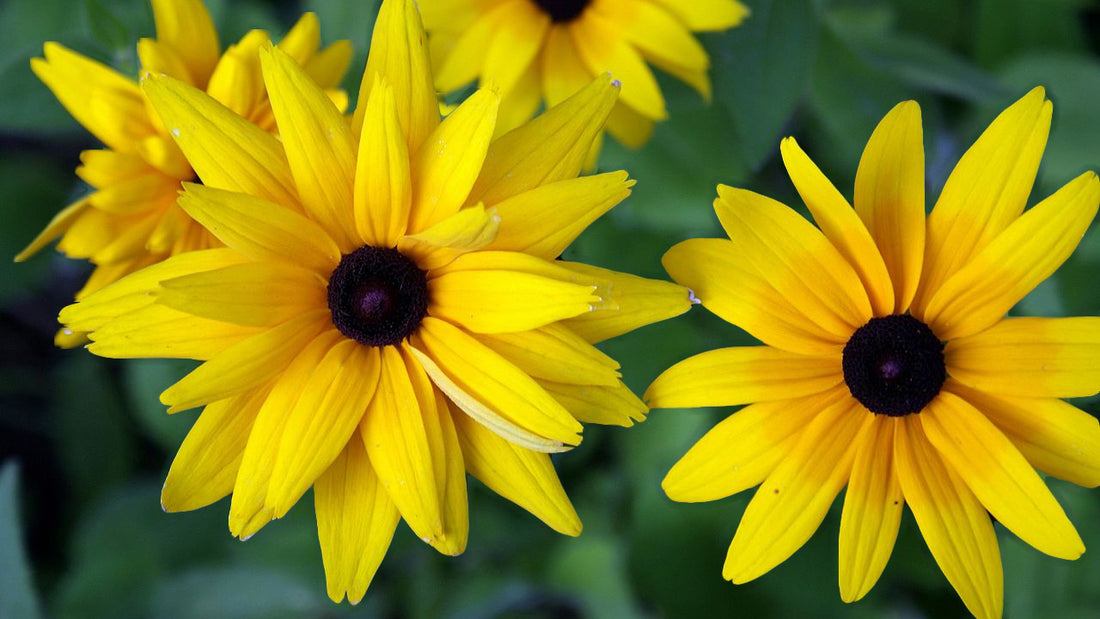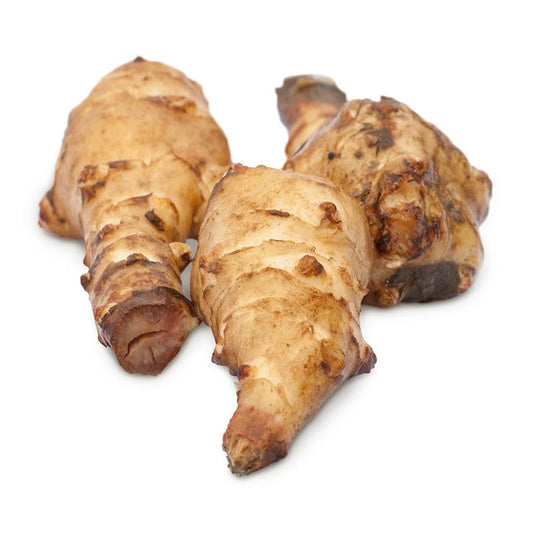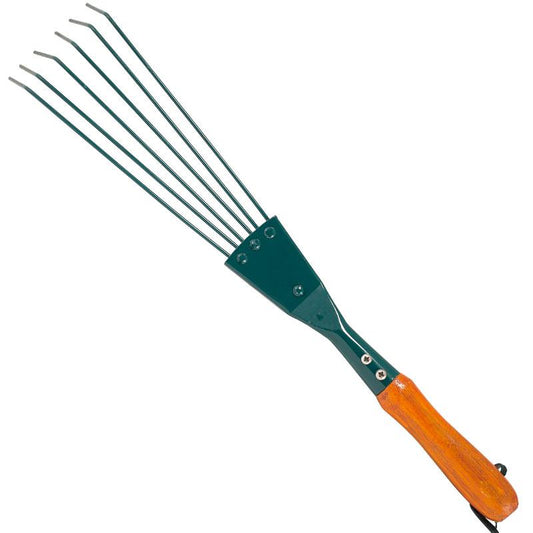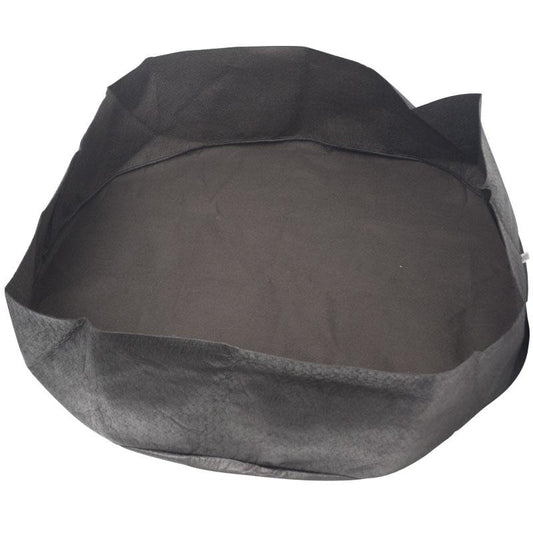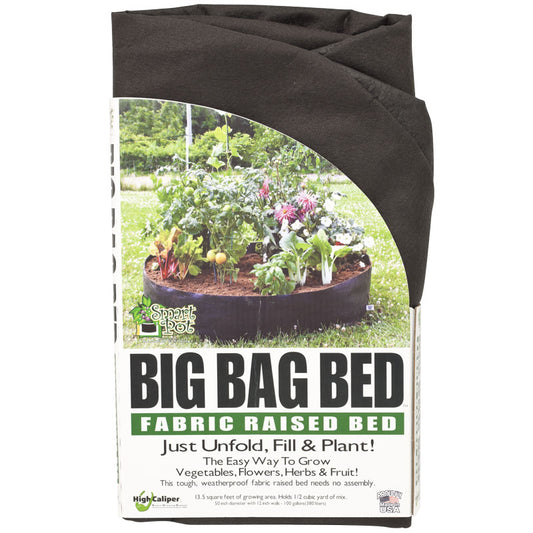The Jerusalem artichoke, (Helianthus tuberosus L.), also known as sunchoke, is a species of sunflower with edible tubers. This perennial plant can grow in excess of five feet tall and is often planted as an ornamental for its small yellow flowers. The tubers taste like water chestnuts and can be used fresh in salads or cooked like potatoes. Their tubers appear similar to ginger root, and the flesh can vary in color from white to red. The seeds from the flowers are edible as well, but smaller than your normal sunflower seed.
Jerusalem artichokes are hardy plants that prefer cooler climates, and can grow well in poor soil. For best results plant in porous soil with good drainage in a spot with lots of sunlight. Because any tubers left in the soil over winter will produce new plants in spring, Jerusalem artichokes can be invasive and and may take over large areas. For this reason many gardeners recommend planting them away from other garden beds, maybe by a fence or next to a building, or in a raised bed of their own.
The tuber’s principal carbohydrate element is inulin, which converts to fructose in the digestive tract (as opposed to glucose), and therefore is better tolerated by diabetics. Its low starch content also makes it a good choice for someone on a low-starch diet.
Heeling In

When your bare root Jerusalem artichoke crowns arrive, open the plastic bags immediately. It is best to plant right away, within a week of delivery, however if you cannot plant right away, you may “heel in” the tubers to protect them and keep them alive (but still dormant) until you are able to plant them in their permanent spot.
Outdoors: To heel in bare root tubers outside, pick a location that is shielded from wind. Dig a trench about twice as deep as the tubers, place in the hole and cover the tubers with soil or sand and gently tamp down to avoid air pockets. Periodically check the area and keep the soil moist.
Indoors: To heel in bare root tubers indoors, whether due to snow or a frozen ground, choose a cool place like a root cellar, basement, or garage. It’s important to choose a place where the temperature stays between 38°F and 45°F. This is important so the tubers neither freeze, nor do they break dormancy. Place the tubers in a container with soil or sand and be sure to keep the area moist.
Planting & Growing
Plant Jerusalem artichokes in late winter or early spring, as soon as the soil can be worked. Later planting results in smaller yields. Add a balanced fertilizer, high in phosphorus, like a bulb or flower blend. Before planting, cut tubers into one to two ounce pieces, with two or three prominent buds. Don’t let the pieces dry out before planting. Small tubers can be planted without cutting. Plant the tubers 12–24” apart and cover them with 3–5” of soil.
Jerusalem artichokes don’t need a lot of care during the season. Weed around the young plants and soon they will shade out any weeds themselves. Water like you would a sunflower if you don’t get summer rain.
Harvesting
Harvest your crop after the first frost or when the flowers start to die back. Cut the tops and dig out the tubers. A hand rake makes this job easier. Tubers dug later in the season are sweeter but have less inulin. You can leave tubers in the ground and harvest as needed, but be sure to harvest all the tubers before spring to avoid unwanted “volunteers.” If you have young plants come up that you don’t want, destroy them before they can set tubers.
Storage
After harvest, scrub the tubers with a vegetable brush. There is no need to peel them. They should be stored in high humidity at a temperature close to 32°F. In these conditions the tubers can be stored for several months.

